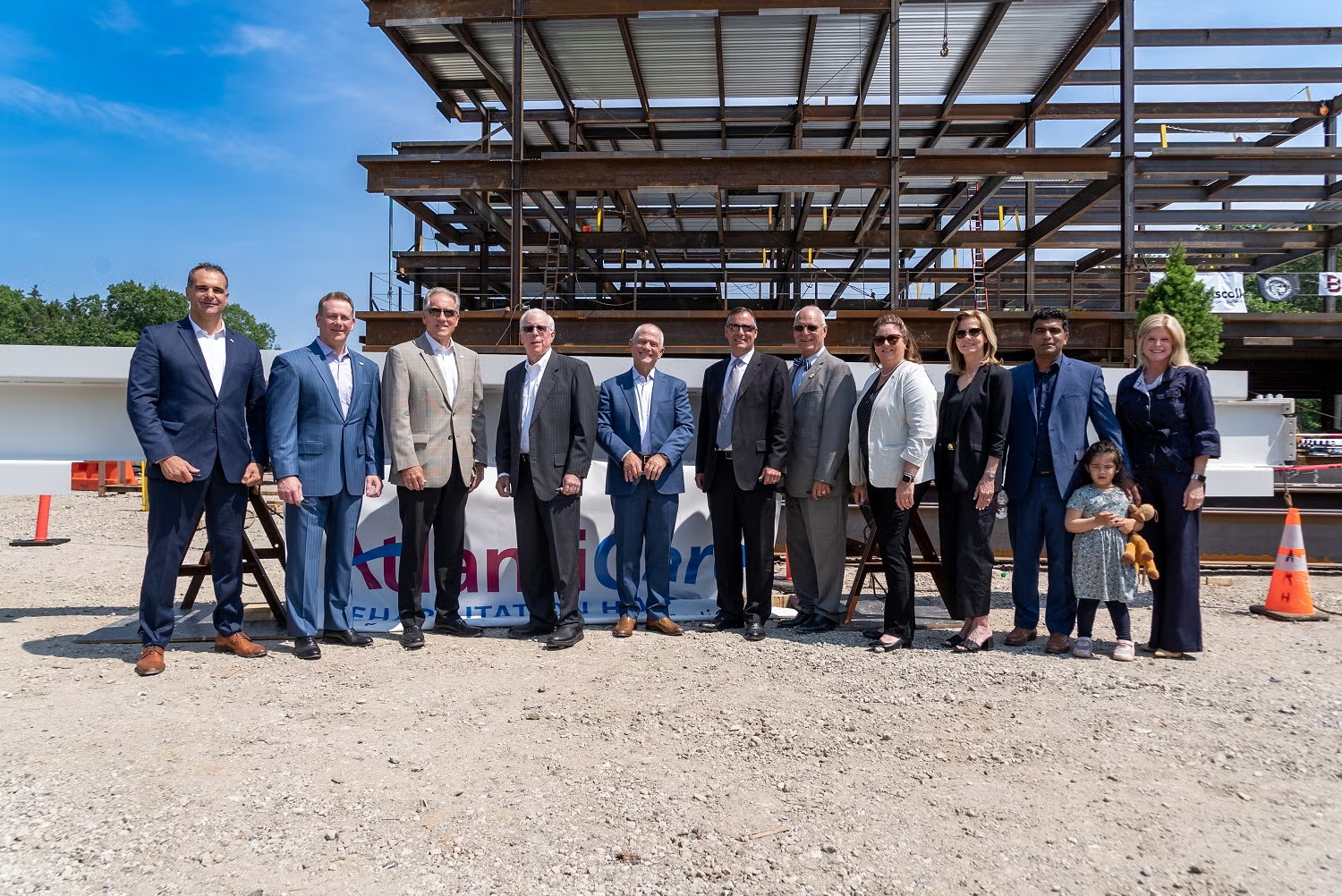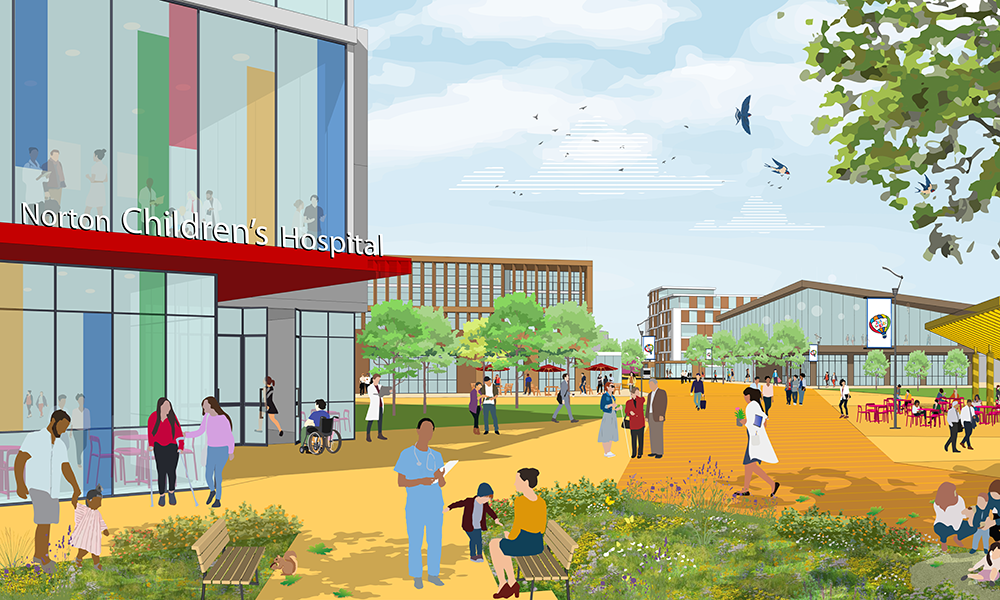MADISON, Wis. — Flad Architects, based in Madison, Wis., recently released a report on how the company views the movement towards lean principles in design and what aspects of this trend can be transferred into the health care market without compromising quality of care and patient comfort.
Flad defines lean as “a process improvement system that seeks cultural transformation to eliminate ‘waste’ from its processes.” The design firm explained the process originated in the manufacturing sector, with an emphasis on eliminating any costs that customers wouldn’t be interested in paying for. The report acknowledged that patients are not the same as manufacturing customers and the application of the theory had to be adapted to the health care environment.
First, Flad focused on lessons that have been learned from the old model of health care designs. The report indicated that improvements had been identified within the design industry, like locating supplies closer to where they are actually used. The firm added that there was a movement towards consolidating more functions on one floor by grouping departments with similar needs together, rather than duplicating functions on multiple floors. Flad also pointed out that many nursing stations built in the past weren’t designed for new staffing models or advancements in technology.
The report emphasized a movement towards standardizing room design, when possible, to increase flexibility of room use. This improves a medical structure’s ability to adjust to future changes in technology and patient needs. The report explained, “Design is moving away from built-in monuments and toward furniture solutions and identified soft spaces that can be easily changed when a process changes.”
Flad said another key to lean design was analyzing patient travel paths and wait times in an attempt to shorten weight times, leading to a better experience for the patient and less expenditures on the health care facility. The report indicated health care administrators were interested in moving to a model with less wait time, which allows them to cut waiting room space and the numbers of exam rooms.
The design firm explained projects with a lean emphasis would include a lean coach, who would work with the health care agency to understand the mix of priorities each entity wanted to balance in pursuing lean design. Flad indicated a key part of the process was an analysis of wait times in a facility, along with a comparison between the amount of time a patient waits to see a provider, and how much face time that patient actually gets. Basically, Flad’s argument is that addressing the patient experience, by trying to find ways to cut wait times and eliminate redundancies in the hospital’s organization, actually leads to cost savings.
The document brought the lean principle full circle, by citing the example of Virginia Mason Medical Center in Seattle, Wash., which conducted a mandatory executive trip to Japan in 2002 to study the Toyota Production System. The reasoning behind this move was to study the roots of lean, in the manufacturing sector, with the thought being that studying a company with a historic trend of consumers reporting good outcomes might help a health care organization achieve that same response from its patients. The experiment led to development of the Virginia Mason Production System for health care and the creation of the Virginia Mason Institute, which shares the medical center’s findings with other health care organizations.
Flad ended its report with some cautionary notes. It implored hospital administrators to commit to lean fully, create their own model, rather than just implementing someone else’s, and to involve people from all areas of the organization to ensure that lean was a culture change with buy-in from everyone from the beginning. The report emphasized that lean worked by getting everyone involved from an early stage, as the entire process focused on planning a hospital to be a cohesive organism with an efficient design.





